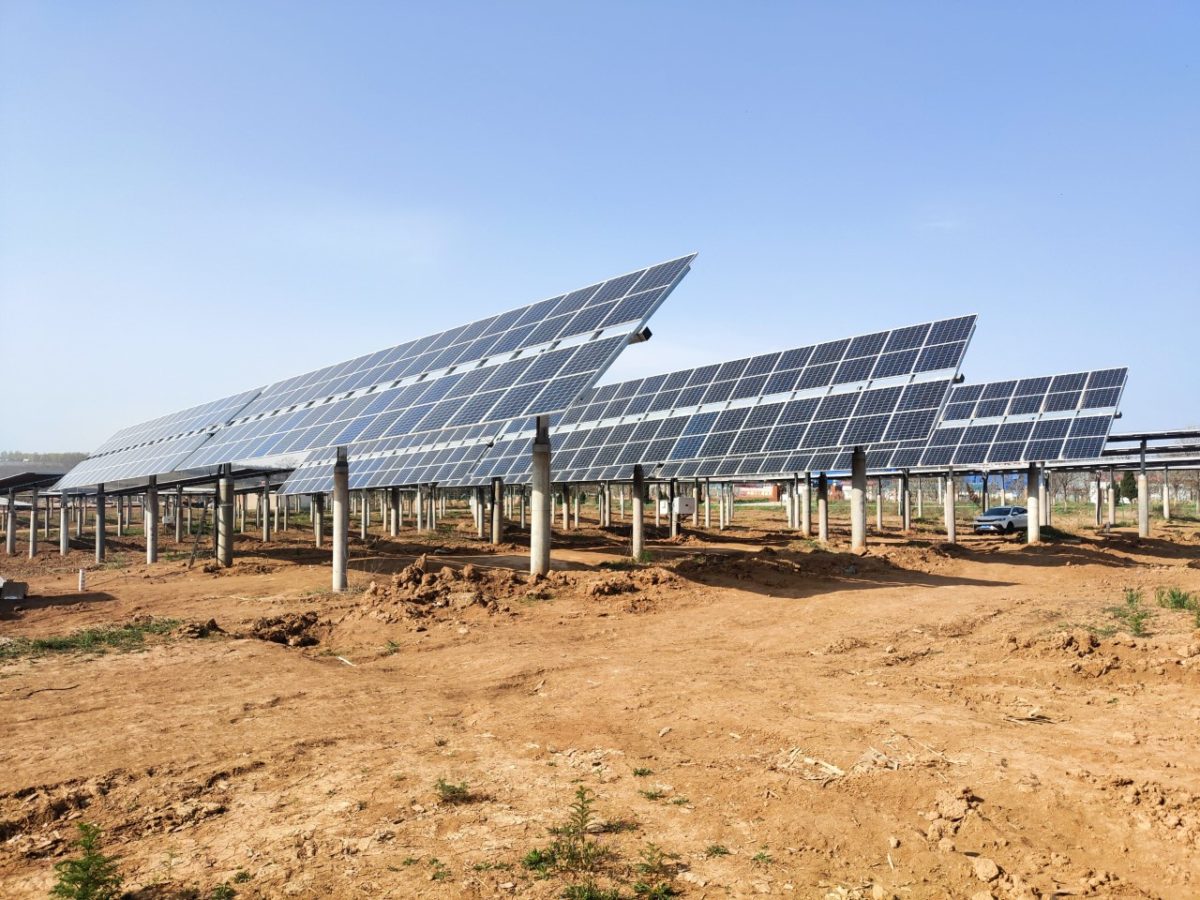From pv magazine USA
With a huge volume of tax credits available to clean technology manufacturers under the US Inflation Reduction Act (IRA), the United States is beginning to see an influx of solar module makers setting up shop. While the clock is ticking on the opportunity to take advantage of the tax credits, establishing a vertically integrated facility quickly is no small task.
At the recent RoundtablesUS 23, Jonathan Gifford, editor-in-chief of pv magazine, moderated a panel session that discussed what technologies are best suited to both the rapid rollout and also long-term competitiveness.
The panelists included Exawatt PV Head Alex Barrows, PVEL VP of Sales Tristan Erion-Lorico, DNV Senior Engineer MinWah Leung, and Estuary Power Vice President Kim Primerano.
In the panel on how the IRA is changing the landscape of solar manufacturing in the United States, four experts discussed how realistic it is to reduce our dependence on Chinese imports, what the challenges are for manufacturers in setting up shop in the United States, and how we fill in anticipated gaps in the US supply chain.
Barrows kicked off the next panel session by noting that while a lot of module manufacturing announcements have come out, not all will get built. But he estimates that if every company does what they say they intend to do, we could have 90 GW of module capacity by 2026, 20 GW of cells and potentially 20 GW of wafer.
Clearly the mismatch in capacity leaves US manufacturers beholden to importing cells and wafers, which presents a myriad of challenges, not the least of which is for developers to claim the domestic content adder. Erion-Lorico pointed out that there’s a lot to be done, but that there are challenges remain, ranging from the current transformer shortage to the challenge of hiring skilled workers. Erion-Lorico sees the workforce issue as a huge challenge. He estimates that we’ll need 4,000 to 5,000 people to run 100 GW of plants.
With most announced manufacturing facilities set to produce solar modules, the question is which module technology will be manufactured. DNV's Leung said that they see TOPCon as the big player. She thinks that heterojunction (HJT) will play a role in the future, but that TOPCon will be “the main technology, at least in the next few years.”
Leung said there are two pieces that DNV looks for in assessing module quality and risk. One is the design of the module –and what the technology risk is in terms of the design of the module. The second piece is the risk in terms of production quality on the manufacturing side. As DNV specializes in assessing risk, she said that it comes down to extended duration testing, which speaks to the design of the module. To assess manufacturing quality DNV also looks at factory audits, production quality, reports, monitoring, and pre inspection reports.
pv magazine print edition
Primerano of Estuary Power said that she is risk averse and doesn’t “usually like to be the first one off the production line.” While Estuary Power is closely monitoring the buildout of U.S. solar manufacturing, the company is not currently modeling domestic content. She noted that if the numbers that Barrows was projecting come true, it’ll result in the prices coming down while driving capacity up. At that point, she said, Estuary Power would start to look at domestically manufactured modules.
In terms of technology choice, however, Primerano said Estuary Power is definitely looking at TOPCon and planning to use it in an upcoming project. Erion-Lorico spoke of what PVEL is finding in its testing. He said both HJT and TOPCon introduce new risks and there’s a range of results, but over time the modules have industry leading low degradation rates. Developing TOPCon is a sensitive process, and the production window is tighter, he said. But they are seeing great results from factories overseas in PID for TOPCon and they’re seeing great results in thermal cycling in HJT. However, he noted that it’s “a wider range that’s going to take time to tighten.”
Another thing we’re starting to see is US-made encapsulants and backsheets, according to Erion-Lorico, which is a result of the push to onshore the whole solar supply chain. He pointed out that this brings risk as well because manufacturers like Trina have long relationships with materials suppliers, they know how the materials will perform. And yet, to get to that 40% domestic content, some manufacturers will be looking to source materials from new US manufacturing lines.
To continue reading, please visit our pv magazine USA website.
This content is protected by copyright and may not be reused. If you want to cooperate with us and would like to reuse some of our content, please contact: editors@pv-magazine.com.




By submitting this form you agree to pv magazine using your data for the purposes of publishing your comment.
Your personal data will only be disclosed or otherwise transmitted to third parties for the purposes of spam filtering or if this is necessary for technical maintenance of the website. Any other transfer to third parties will not take place unless this is justified on the basis of applicable data protection regulations or if pv magazine is legally obliged to do so.
You may revoke this consent at any time with effect for the future, in which case your personal data will be deleted immediately. Otherwise, your data will be deleted if pv magazine has processed your request or the purpose of data storage is fulfilled.
Further information on data privacy can be found in our Data Protection Policy.